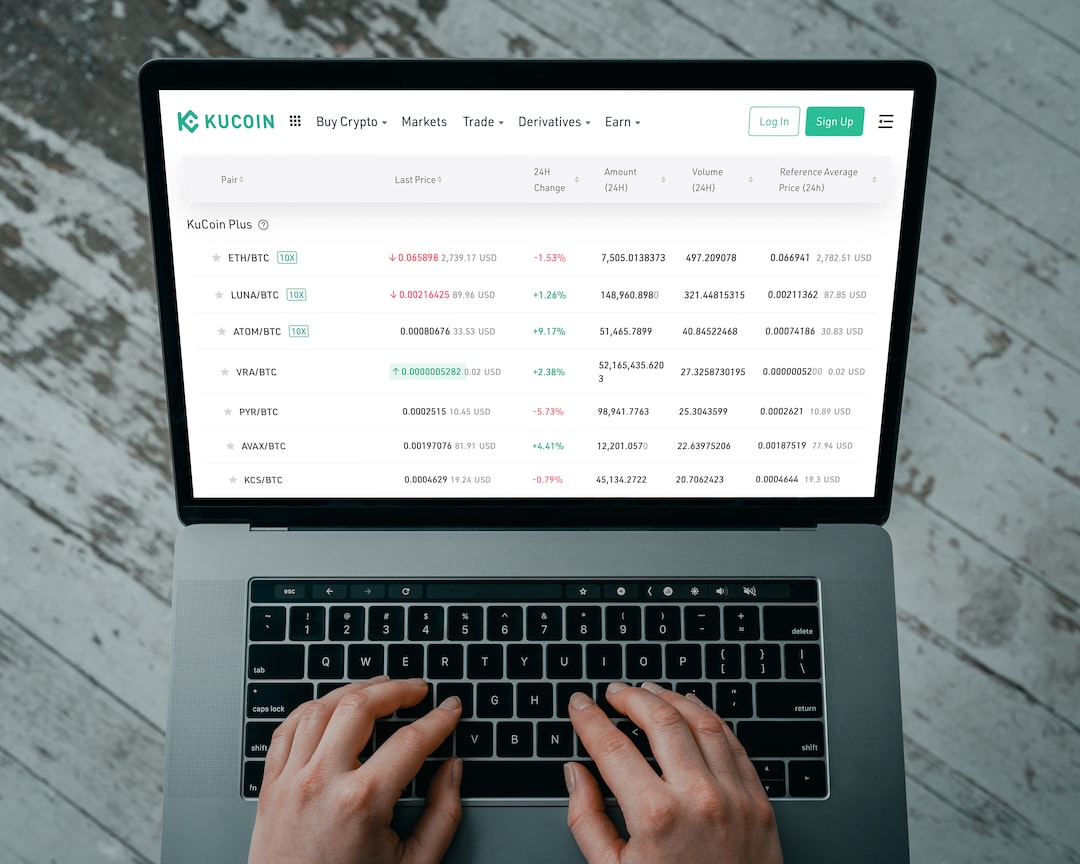Tips for Optimizing Your Product Pages to Increase Sales
When it comes to online sales, your product pages are the key to conversion. Effective optimization of these pages can significantly boost your sales and revenue. It’s vital to create an exceptional online shopping experience that not only captivates your customers but also entices them to make a purchase. To help you out, here are some valuable tips for optimizing your product pages to increase sales.
1. High-quality product images and videos:
Visual content is crucial in attracting and engaging customers. Ensure that your product images are of high resolution, properly lit, and showcase the product from various angles. Consider incorporating videos to demonstrate the product’s features and benefits. Interactive visual elements create a more immersive shopping experience, increasing the likelihood of a sale.
2. Persuasive product descriptions:
Craft compelling and informative product descriptions. Focus on highlighting the unique selling points, benefits, and value proposition of your products. Use persuasive language to drive the customers’ desire to own the product. Utilize bullet points to make the information easily scannable. Remember, a well-written product description can significantly impact the buying decision.
3. User-generated content and reviews:
Integrate customer reviews and testimonials on your product pages. Positive reviews and ratings build trust and reassure potential buyers about the quality and reliability of your products. Encourage customers to leave feedback, allowing other shoppers to consider their experiences when making a purchasing decision. User-generated content creates authenticity and credibility for your brand.
4. Clear and prominent call-to-action:
Your call-to-action (CTA) button should be prominent, visually appealing, and clearly convey the desired action. Use action-oriented words such as “Buy Now,” “Add to Cart,” or “Get Yours Today.” Ensure that the CTA button stands out from the rest of the page elements, making it easy for customers to take the next step.
5. Mobile-friendly design:
With the increasing use of smartphones for online shopping, it’s crucial to have a mobile-friendly product page design. Optimize your pages for smaller screens, ensuring seamless navigation and intuitive user experience across various devices. Responsive design is the key to capturing mobile shoppers and maximizing conversions.
6. Streamlined checkout process:
Simplify your checkout process to minimize cart abandonment. Provide a clear and concise checkout page where customers can easily enter their billing and shipping information, choose payment methods, and review their order before finalizing the purchase. Consider offering guest checkout to save customers from the hassle of creating an account, making it more convenient for them to complete the transaction.
7. Product recommendations:
Leverage the power of personalized product recommendations. Integrate algorithms that analyze the customer’s browsing and purchasing behavior to suggest similar or complementary items. These recommendations not only help customers discover other products they may be interested in, but also increase the average order value by encouraging additional purchases.
8. Secure payment options:
Security is paramount when it comes to online transactions. Ensure that your website is equipped with SSL encryption and display trust seals to instill confidence in your customers. Offer a variety of secure payment options such as credit cards, PayPal, or other trusted payment gateways, accommodating various customer preferences.
9. A/B testing and analytics:
Continuously test and fine-tune your product pages to optimize conversion rates. Conduct A/B tests on different elements, such as product images, headlines, descriptions, or CTAs, to identify what resonates best with your target audience. Analyze the performance of your pages using web analytics to understand user behavior, identify bottlenecks, and make data-driven decisions for optimization.
In conclusion, optimizing your product pages is essential for improving sales and revenue. By incorporating high-quality visuals, persuasive descriptions, user-generated content, clear CTAs, mobile-friendly designs, streamlined checkouts, product recommendations, secure payment options, and A/B testing, you can create a seamless shopping experience that entices customers to make a purchase. Remember, the key to success lies in constantly monitoring and optimizing your product pages based on customer insights and market trends.

